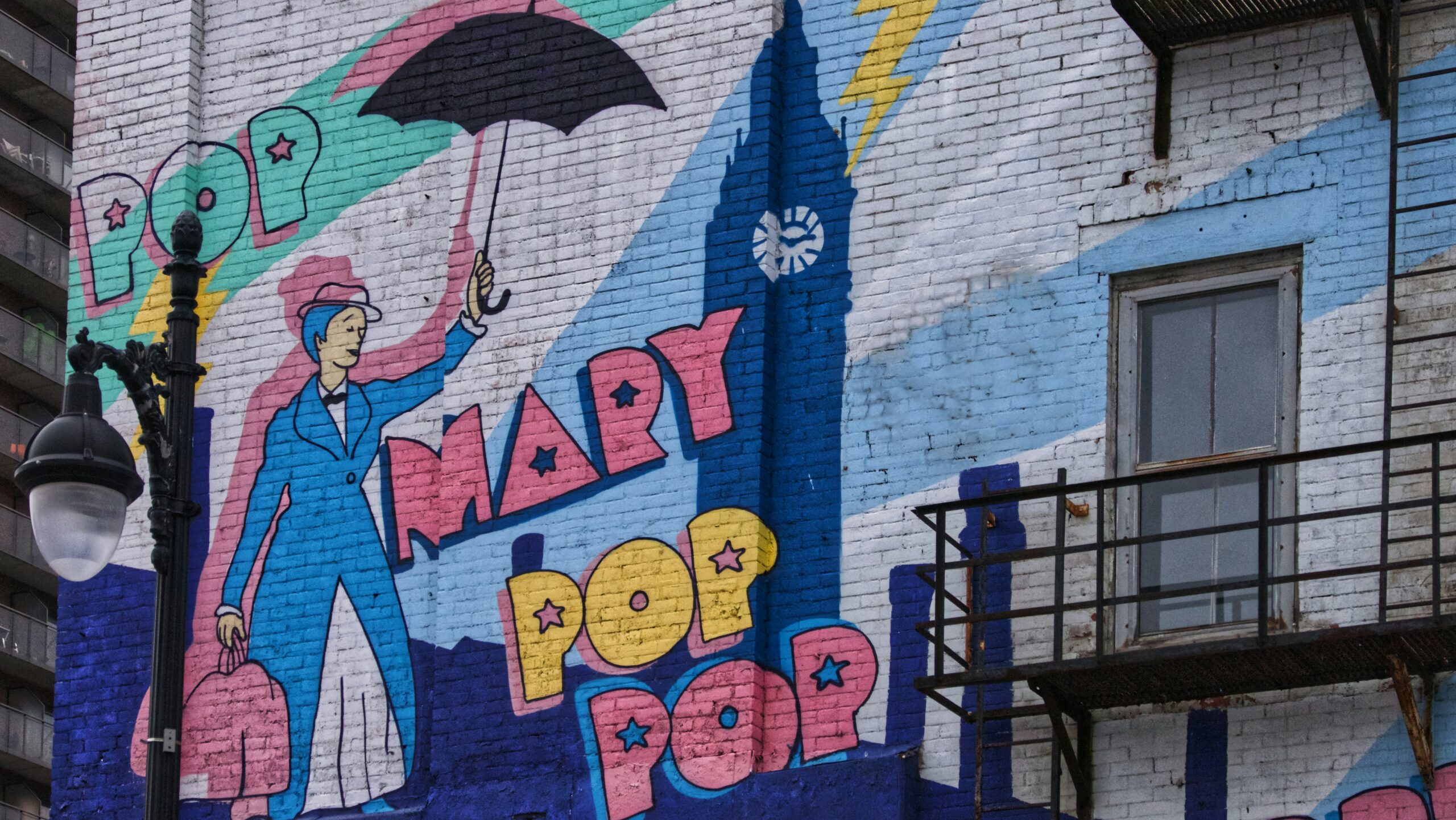
Breaking Away from Tradition
In the mid-20th century, a colorful rebellion unfolded on canvases across the Western world. Pop art emerged not just as an art movement but as a bold cultural statement. In stark contrast to the abstract expressionism that dominated galleries, pop art focused on the ordinary and turned mass culture into high art. It celebrated the commercial, the mundane, and the popular—using images of comic strips, celebrities, product packaging, and advertising as creative fodder. This democratization of art was radical; it blurred the lines between “high” and “low” culture, challenging the traditional hierarchy of aesthetic value.
Artists like Andy Warhol, Roy Lichtenstein, and Richard Hamilton didn’t just depict consumer culture—they amplified it. Warhol’s Campbell’s soup cans and Marilyn Monroe portraits, for example, weren’t just paintings; they were a commentary on fame, media, and mass production. These works resonated with a generation that had come of age amidst television, advertising, and celebrity worship. Through their use of bright colors, repetition, and irony, pop artists brought the visual language of consumerism into the art world—and made it impossible to ignore.
A Mirror to Society’s Desires
Pop art didn’t just transform how art looked—it transformed what it meant. Before pop, much of modern art leaned heavily on emotional depth or abstraction. But pop art held up a mirror to society, reflecting its obsessions, contradictions, and desires with a sharp wit. It embraced the aesthetics of billboards, comic books, and mass media, capturing the zeitgeist of a rapidly modernizing world.
By using imagery that was instantly recognizable, pop art became more accessible. It welcomed viewers who might have felt alienated by traditional or abstract art. At the same time, it asked provocative questions: If everyone sees a Coca-Cola bottle every day, what happens when it’s painted and put on a gallery wall? Is it still just a Coke bottle—or has it become something else? In this way, pop art redefined not only what could be considered art but also how we perceive value and meaning in everyday objects.
Global Influence and Lasting Legacy
Though born primarily in Britain and the United States, pop art’s influence quickly spread across continents. It paved the way for movements like postmodernism, street art, and contemporary design. Its bold visuals and consumer-driven themes also deeply influenced advertising, graphic design, and fashion—industries that now often blur the line between commerce and creativity.
Its legacy is evident in everything from advertising campaigns to the emoji language of digital communication. It continues to inspire new generations of artists who remix, sample, and comment on culture just as Warhol and Lichtenstein did decades ago. The aesthetic of pop art—flat colors, repetition, bold outlines—is embedded in how we visualize identity, politics, and culture in a digital age.
Pop art didn’t just redefine modern aesthetics—it anticipated the future. It foresaw a world saturated with images, branding, and cultural references, and it taught us how to interpret them. Through a blend of humor, critique, and celebration, pop art turned the canvas into a cultural battleground where the every day became extraordinary.